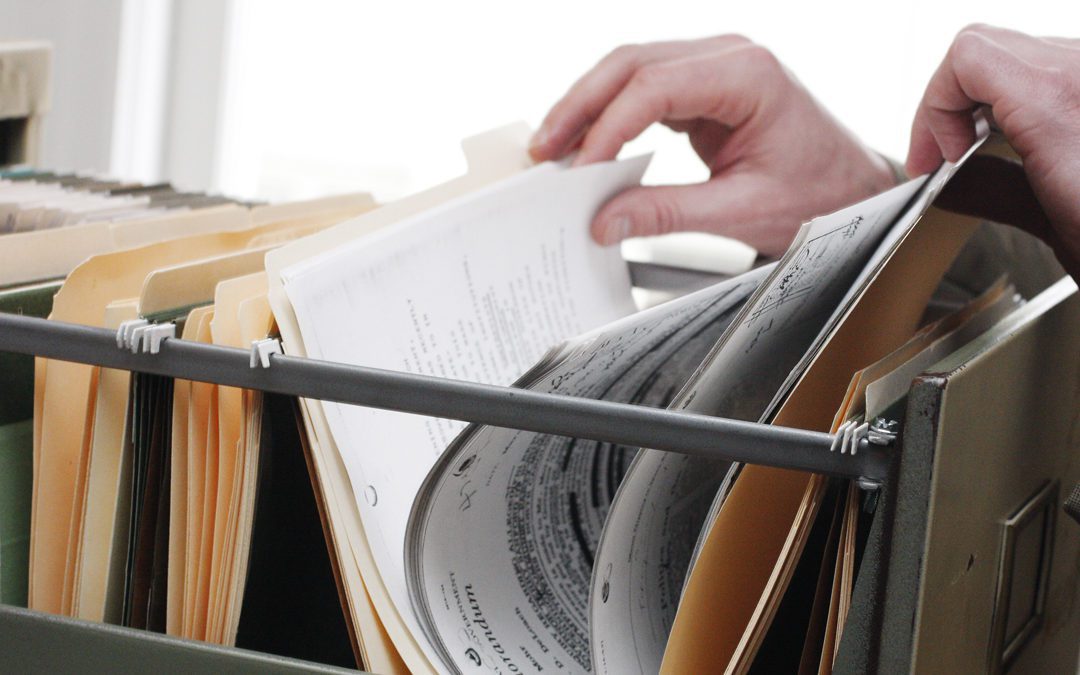There is a lot involved with homeownership, from maintenance to mortgages. Our homes are often the most significant asset we have.
Adding another formula to your awareness as a homeowner has significant benefits: The Cost Basis Formula.
Cost Basis =
Purchase price of your home
+ cost of capital improvements made while owning it
+ cost of sale (agent fees, title, and escrow)
Cost basis has nothing to do with your mortgage balance, the market value of your home, or the tax value! But, by keeping track of your cost basis, you can save on capital gain taxes.
Capital Gain is the profit you make when you sell your house. Calculated by subtracting the cost basis from the sales proceeds.
Primary Residential Exemption is the amount of capital gain/profit each person can make without paying any tax on it. This amount is $250,000 per person. If you are married, you can each use your $250,000 exemption and safeguard $500,000 profit from capital gains tax.
The rules are that you have:
- lived in the house for 2 consecutive years of the previous 5 years
- not used the exemption on another property within two years
If you are selling the house because of divorce, you can use both exemptions as long as at least one of you has resided in the home for the 2 consecutive years.
Capital Gains Tax is the amount you will owe the IRS when you sell your house. Currently, it is 0%, 15% or 20%, depending on how much you make.
| Long-Term Capital Gains Tax Rate | Single Filers (taxable income) | Married Filing Jointly |
| 0% | $0-$39,375 | $0-$78,750 |
| 15% | $39,376-$434,550 | $78,751-$488,850 |
| 20% | Over $434,550 | Over $488,850 |
A common mistake homeowners make is not keeping track of their capital improvements.
Here is a simple system:
- create a file folder and label it ‘house cost basis’
- over the years, when you make an improvement, simply put a description with receipts
- If you do not have receipts, take a before and after picture, write on it the amount of cash you paid and sign it.
Here’s an example:
A client recently purchased a new home. She hired a company to come and landscape her yard. The projects included tree trimming, creating a gravel driveway, seeding part of the yard, making a patio in the back yard, building a vegetable garden spot and trimming the shrubs.
Much of this work is just maintenance if we have trees and shrubs, they occasionally need trimming. But putting in the seed for a yard where there is no grass, laying the gravel driveway, creating the patio and building the vegetable garden are all capital improvements.
She paid cash to a group of people who were moonlighting and did not get receipts. She can still make a record by using before and after photos, writing the amount of cash paid (for just the improvement parts, not the tree trimming and other maintenance activities), signing and dating the paper and putting it in her house cost basis file.
If she has a copy of the bank statement showing the withdrawal of a cash amount that she used, it is even better.
She also had a company come and insulate her crawl space below the house. This is an improvement and should be added to her file.
Capital improvements are permanent and improve the property or buildings. For example, replacing a roof is maintenance. But if you change the roof to be a different higher quality material or add sun lights, part of the cost could be considered a capital improvement.
It is easy for many of us to think that with the $250,000 exemption per person, we will not need to worry about it. But you do! First, the law may change, and that $250,000 exemption go away or have changed requirements. Second, property values can and often do increase significantly.
Invest in your future by keeping track of these critical details.
It does not have to be fancy or complicated! A paper file folder kept in a safe place or scanned items saved on the computer both work. So often, I find that clients set high expectations for record-keeping and then simply never have time to fulfill them. Just toss a record of each improvement into your cost basis file. You will be happy you did!

